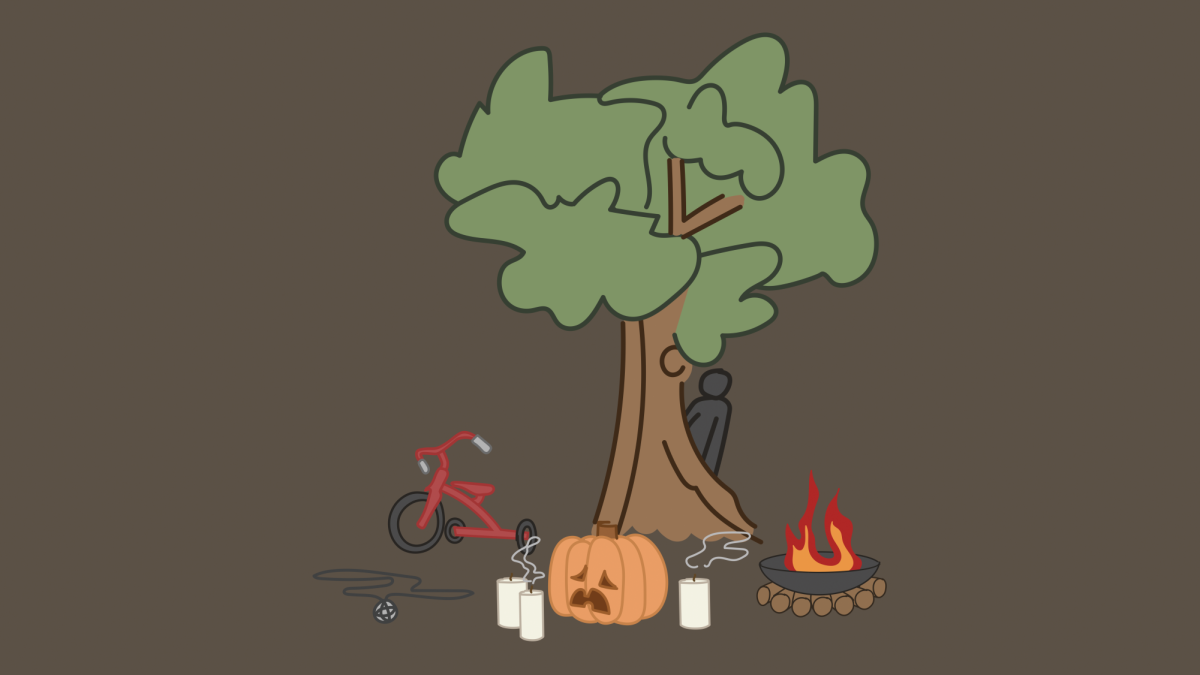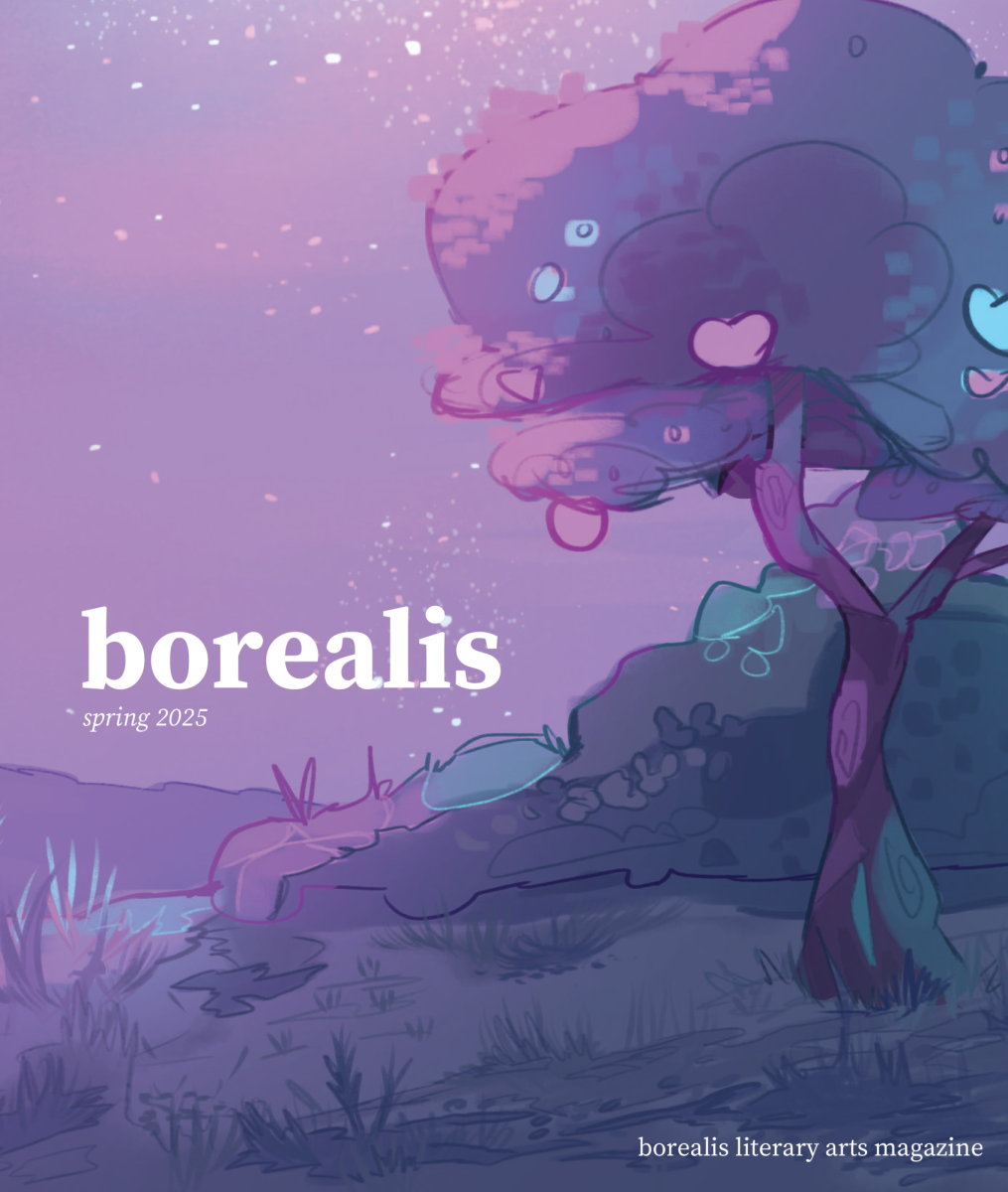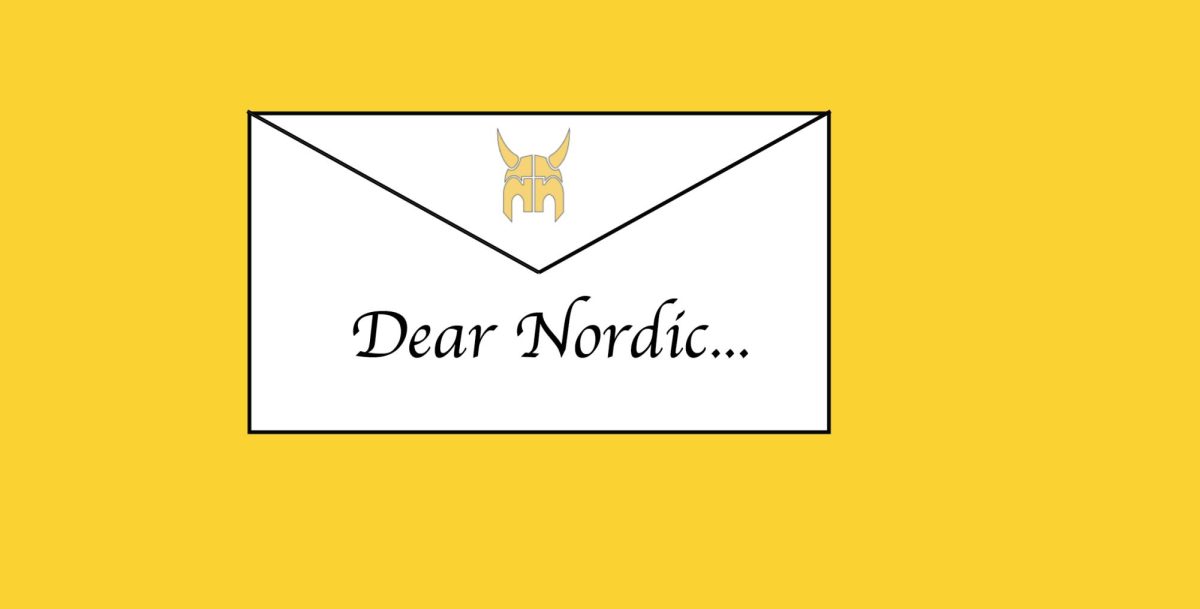Halloween (1978) — slasher; psychological
John Carpenter’s R-rated “Halloween” is a landmark of the horror genre that established many conventions of the slasher subgenre. The film follows the relentless Michael Myers who escapes from a mental institution and returns to his hometown to stalk new victims. Carpenter’s minimalist directing style — prioritizing wide shots over flashy cuts — and iconic score work build suspense masterfully. This unique directing style creates an atmosphere of dread that permeates each scene. The film explores themes of inescapable evil, the illusion of safety and the loss of innocence among youth. Its ability to create fear through psychological tension rather than excessive gore marks it as a pioneering piece in horror history.
Saw franchise (2004-present) — slasher; psychological
The Saw franchise, particularly the R-rated original film “Saw” (2004), directed by James Wan, revolutionized the horror genre. Following the success of the first movie, ten more Saw movies, a comic series, and a video game have joined the Saw franchise. It centers on John Kramer, also known as Jigsaw, who captures his victims and forces them to face their moral failures through deadly games. Saw introduces a complex psychological element to the slasher formula, which typically consists of an effective killer, high death count and non-firearm weapons. The movie stands out for its intricate plot twists and its philosophical underpinning that questions morality and the ability to judge someone’s life. The gruesome traps and innovative storytelling have inspired numerous other films.
Fear Street series (2021)— slasher; timeline
Directed by Leigh Janiak, the R-rated Fear Street trilogy intertwines supernatural elements with teen drama. The series spans three different time periods—1994, 1978 and 1666—and follows a group of teens as they confront a curse that has haunted their town for centuries. Each film presents a different style of horror — teen slasher, camp slasher and historical horror — while maintaining a new and satisfying narrative in each. Elements such as discussion of generational trauma, classic tropes and LGBTQ+ representation make this trilogy stand out as a blend of nostalgia and modernity.
Rosemary’s Baby (1968) — demonic; psychological
R-rated “Rosemary’s Baby,” directed by Roman Polanski, is a psychological horror film that follows protagonist Rosemary, an expecting mother, as she moves into a new home with her husband. Rosemary becomes increasingly paranoid that her neighbors have sinister plans for her unborn child. Polanski maintains an unsettling, tense and genuinely scary atmosphere that keeps the viewer on edge without using a single jumpscare. Rosemary’s Baby is a thought-provoking film that goes beyond its initial themes of mob mentality and fear of the external. It explores the subjugation and exploitation of women within the patriarchy while maintaining a lingering sense of unease, making it a must-watch.
The Conjuring series (2013-present) — demonic; timeline
The Conjuring universe, consisting of nine films that explore the religious and supernatural horror subgenres, revitalizes horror through its compelling and period-accurate storytelling. The first movie in the series, “The Conjuring” (2013), follows paranormal investigators Ed and Lorraine Warren as they explore a haunted farmhouse and the demonic presence terrorizing a family. The movie brings together religious horror and themes of family protection without introducing gore and sexual content, making it both a scary supernatural horror and a satisfying movie.
Its prequel, “The Nun” (2018), delves into the origins of a demon in 1950s Romania that terrorizes nuns in Saint Cartha’s monastery. The Gothic aesthetic provides visual appeal, while a rich soundtrack maintains tension throughout the film. “The Conjuring” and “The Nun” skillfully develop complex character arcs and deep lore against the backdrop of supernatural horror.
The Blair Witch Project (1999) — found footage
Directors Eduardo Sánchez and Daniel Myrick made an incredible impact on the horror genre and the entertainment industry as a whole with R-rated “The Blair Witch Project.” When three film students travel to a town to collect documentary footage about a legendary local murderer, the line between legend and reality begins to blur as the students lose their way in the woods and begin hearing horrific noises. With a recent film remake and video game adaptation, it’s become a veritable franchise. Despite the low budget production of the movie, the directors’ choice to adopt an amateur, handheld-camera footage style makes the events of the film appear as if they really happened. The Blair Witch Project popularized the genre of found footage movies — a style of movie that resembles real-life footage found and edited together — and first-person perspective to directly insert the viewer into the story. Alongside its innovative techniques, “The Blair Witch Project” maintains classical horror aspects by slowly building tension before finally revealing outright horror.
The Cabin in the Woods (2011) — slasher; satire
“The Cabin in the Woods”, directed by Drew Goddard, is a clever and self-aware deconstruction of horror tropes. The R-rated film follows five friends who venture to a remote cabin, only to become pawns in a ritualistic game controlled by unseen forces. The film’s playful yet critical meta-commentary produces a refreshing take on the horror genre. By blending dark humor with genuine scares, “The Cabin in the Woods” reinvigorates classic horror for a unique and entertaining experience.










